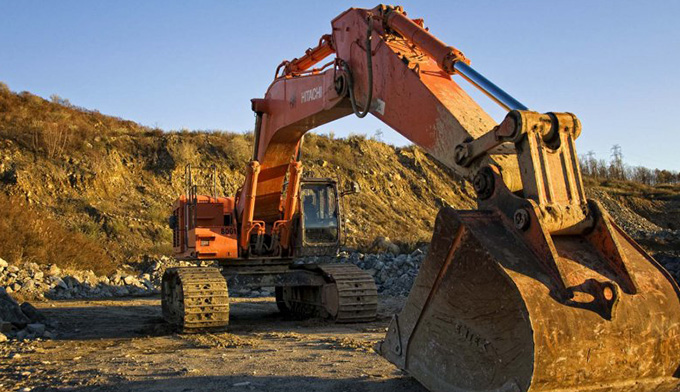 The world is still brimming with big ideas, many of which will be fully realized in our lifetime. There is more than enough reason to be optimistic and excited about the near future. However, big ideas require small tools and ground-level construction. Before rockets are launched into space, a lot of this has to take place. The same is true for large hadron colliders and high-speed bullet trains. Nothing gets done without hammers, hard hats, and general contractors. Nothing!
The world is still brimming with big ideas, many of which will be fully realized in our lifetime. There is more than enough reason to be optimistic and excited about the near future. However, big ideas require small tools and ground-level construction. Before rockets are launched into space, a lot of this has to take place. The same is true for large hadron colliders and high-speed bullet trains. Nothing gets done without hammers, hard hats, and general contractors. Nothing!
Modern technology has transformed general construction at every level. Whether you are building a small addition to your house, or attempting to construct a floating skyscraper, you will find the same new tools being used. Technology has also helped level the playing field so that smaller contractors can be a part of making those big ideas come to life.
It has also made it possible for good construction to be done by smaller contractors in remote places around the globe. The tools being used in the field today simply didn’t exist eight years ago. Sure, desktop and laptop PCs were available, but try using those on site while being constantly on the move. Laptops are powerful, but not ideal for very good reasons:
- They are too big and awkward to use unsupported while standing up.
- The batteries don’t last long enough to get through the workday.
- Laptops have too many moving parts which make them less durable for a construction site.
Today, we have tablets such as the iPad Air which is designed to be fully operated by touch and outfitted for the construction environment. It requires no keyboard to set up, and no stylus that is easily lost. With its 64-bit processor and desktop-class architecture, it can easily handle the big jobs with power to spare. If you don’t want to carry anything in your hand or tucked under an arm, the latest iPhone has the same desktop-class architecture as the iPad, and can also be useful onsite. In another year or two, all smartphones and tablets will boast specs that rival or exceed the capabilities of yesterday’s notebooks and desktops.
But it is not just about the new class of highly accessible hardware available to professionals and consumers alike. There is a new class of software and cloud services that provide GCs the tools they need, when and where they need it, at accessible prices. Procore’s Drawings tool is one such suite of tools that would simply not have been possible just a few short years ago. To understand the benefits of this tool, you need to know something of the challenges in the field.
We do not need to imagine large projects. Just consider any construction job for which you had to hire a GC. Words like, “over budget” and “under delivery” might come to mind. Some of those problems stem from the fact that you have more than one person working on a very dynamic and fluid project. When plans and drawings are updated, everybody has to be updated, or things fall apart very quickly. Even if you send out the update to everyone, they may not all get it and see it when they need to. How do you know who is up to date and who is not? That is true for even the smallest of jobs. Now magnify that situation by a thousand. And that is only one of the common challenges in a big project.
The Procore solution is designed to overcome this, and any number of challenges for project managers. In the case of construction, the GC can not only stay up to date with changes and drawings. He can also be certain who has those changes, and when. With nothing more than a tablet or smartphone, he can halt the one worker or group that is working on an outdated plan, stop them, and redirect them to the current plan without letting the project fall behind. Countless problems never occur because everyone is quite literally on the same page.
Naturally, big ideas involve more than general contractors. Without top-notch project management at every level, nothing gets done properly. Management software is used by a wide variety of companies in a number of innovative ways to help project managers get things done.
The best thing about the small technologies of today is that they are readily accessible by ordinary people. Some of the biggest ideas come from ordinary people. Now, they have the tools to bring their big ideas to life.

